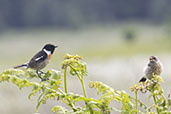
Some authorities split this species into European Stonechat S. rubicola, Siberian Stonechat S. maurus, Stejneger's Stonechat S. stejnegeri, African Stonechat S. torquatus, Ethiopian Stonechat S. albofasciatus and Madagascar Stonechat S. sibilla but the HBW and Birdlife International checklist lumps all these together.
Its breeding habitat is open areas with scrubby, low vegetation such as heather or gorse.
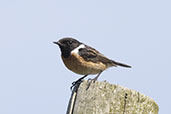
Plumage is varied between sexes and throughout the year. The typical illustration of a male Stonechat shows a black head but this is the spring plumage. The 1st two photos here show a male in autumn plumage where pale fringes on the fresh plumage give a brown tinge to the head.
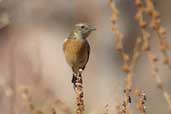
Photos 4 and 5 show, I believe, a 1st winter male.
Photos 6 and 7 were taken in Ireland in July.
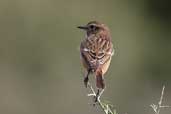
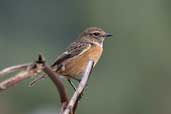
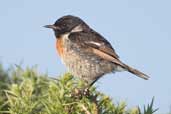
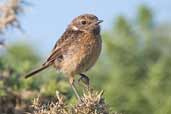
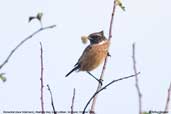
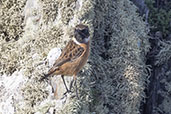
| Previous Page | Back to Index | Next Page |